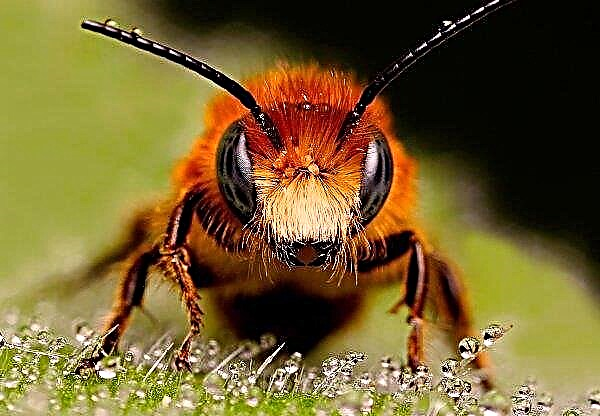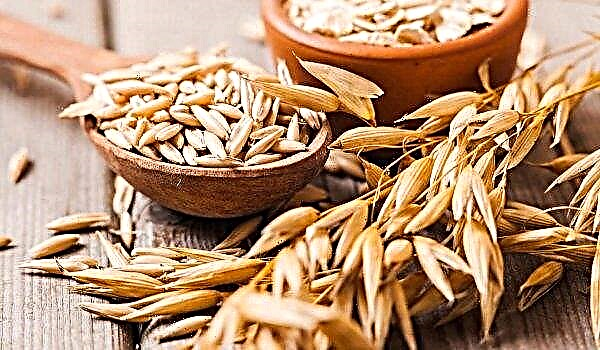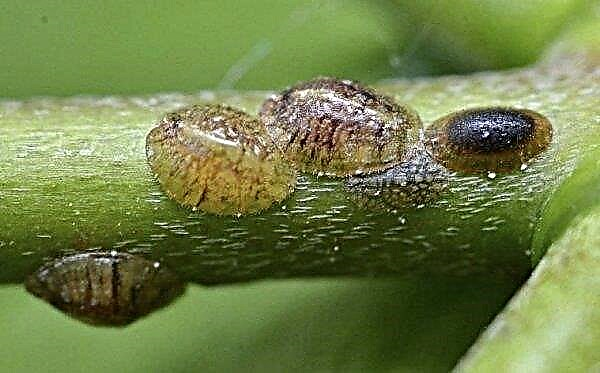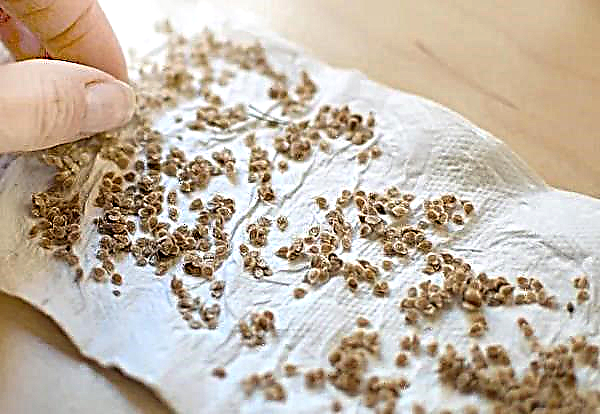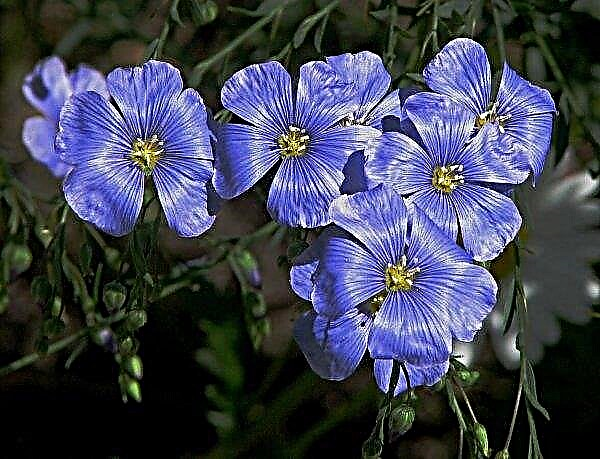Boletus is one of the most common and famous mushrooms, but this does not mean that its identification is simple. This is because the color of the cap and the shape of the fungus change not only with age, but also depending on how high the soil is. For confident identification of this species, it is necessary to study its main features.
Biological description
Boletus (lat. Leccinum) also has other names - aspen or red-headed. This mushroom is characterized by a bright "autumn" color with shades from brick-red and yellow-brown to brown. However, this feature is not a key defining feature of the red-headed.

The mushroom is recognized by its leg: its color varies from very pale gray (almost white) to various shades of grayish-brown and very dark gray (almost black). Nevertheless, a common gray shade and woolly surface are characteristic signs that before the eyes is a representative of the Boletovs family, which is the boletus.
Immature specimens often have barrel-shaped legs. At maturity in most species, they taper to the cap, and sometimes slightly concave at the base. Reddish-brown woolly scales cover the entire surface of the peduncle and become denser in the lower part with the age of the fruiting bodies.
Important! Mushrooms absorb heavy metals and can store radioactive elements: they can not be collected near roads with heavy traffic, highways, industrial areas. The safe distance for picking mushrooms is at least 25 m.
When the mushroom begins to grow, the diameter of the hat can be about 5 cm, and in adulthood it can reach 30 cm. Initially, the hat is spherical or convex, has small scales. Its edges have pores of 2–4 mm, usually in the form of triangular valves.
 The surface of the cap is thin and rather dry, in some species it may fall down to the leg.
The surface of the cap is thin and rather dry, in some species it may fall down to the leg.
The red-headed has a fleshy and elastic flesh of a hat. At the very beginning of the growth of the fungus, its flesh is white, with age it changes color to blue, or even black. At the break, the flesh of most of the boletus becomes blue and quickly blackens, only the pine species does not change color.
Where mushrooms boletus boletus grow
In Eurasia and North America, the species of mushrooms in question is very highly regarded; in Russia it is considered one of the most popular. Unlike ceps, boletus mycorrhiza: they form a relationship with trees, which means that they appear in the same places every year.
Did you know? The largest producer of edible mushrooms in the world is China, which supplies about 50% of all cultivated species.
They rarely grow alone, most often they can be found growing a whole group (family). Some believe that aspen trees should be searched only under the aspen, but this is a fallacy.
In fact, the described species is found on the edges of broad-leaved and coniferous forests, preferring to grow under such trees:
- spruce;
- Birch tree;
- oak;
- poplar.
 In the forest, they most often grow in places where there is a wet zone with many leaves.
In the forest, they most often grow in places where there is a wet zone with many leaves.
Factors affecting the growth of boletus
There are several factors that influence the growth of fungi.
Check out

These include:
- Temperature.
- Oxygen.
- Air humidity.
The most optimal temperature for the start of mushroom growth is from +17 to + 27 ° C. Of course, both at + 10 ° С and at + 35 ° С the boletus will also grow, but not so intensively.
For this fungus, air humidity plays an important role. Great growth begins when the street is foggy and the soil becomes wet.
Another important aspect is oxygen: it is what the mushroom receives from the earth. The tree growing nearby saturates the specimens with red caps with carbohydrates, and they, in turn, give it nitrogen and water.
Gathering season
Aspen trees begin to grow in the first month of summer, often in early June. If you want to collect a lot of the youngest and most delicious copies, then you should hurry up, because the first collection lasts only 7 days. After mid-June, the second collection season begins.
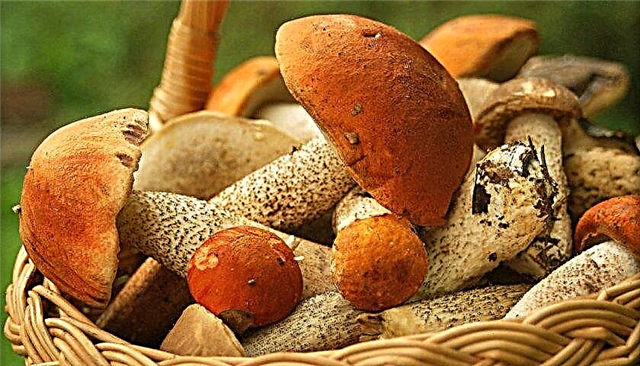
It can also please a large number of boletus. After a short break, the third stage of the collection begins - it ends in October. In some regions (for example, Western Siberia) the described species is collected until winter.
In the Moscow region and central Russia, aspen trees appear in the 3rd decade of July and continue to grow until the 2nd decade of August. In the Leningrad Region and the northern regions of the Russian Federation, these mushrooms can be harvested from the 2nd decade of June to the 2nd decade of September.
The properties
Boletus is characterized by an optimal balance of nutrients. Due to their beneficial properties, they saturate the body with vitamins A, E, C (ascorbic acid), PP and B vitamins. Also, K (potassium), P (phosphorus), Fe (iron) and Mn (manganese) are present in mushrooms.
 Protein availability is higher than any vegetable.
Protein availability is higher than any vegetable.
The composition of the described fungi includes amino acids that are absorbed by the human body by 80%. The most useful properties of the redhead are preserved in dried form. Per 100 g of this product accounts for 22-23 kcal.
Benefit and harm
Boletus is useful in the diagnosis of anemia. When used in dried form, they can help reduce stress, lower blood cholesterol. Everyone should remember that any mushrooms should not be consumed excessively.
People suffering from type 2 diabetes can cook dishes based on aspen, as their hypoglycemic index is at zero. The species in question is allowed to eat for those who have suffered a viral disease, since the boletus is able to absorb all toxins.
Important! The optimal intake of any mushrooms — 300 g per week. It is advisable to divide this norm into 2-3 doses.
In larger quantities, this product can adversely affect the kidneys and liver. Preschoolers, pregnant women and people suffering from gastrointestinal diseases, it is better to completely abandon the use of mushrooms.
Summing up, we can say: it is not so difficult to recognize a boletus in the forest by an orange hat, a pale leg with dark scales (squamols), and gray pores. Do not forget about the tendency to turn blue around the base of the leg when cutting or processing. It was noticed by experienced mushroom pickers: if fluff flew from the aspen, this means that the first harvest of boletus will appear very soon.


